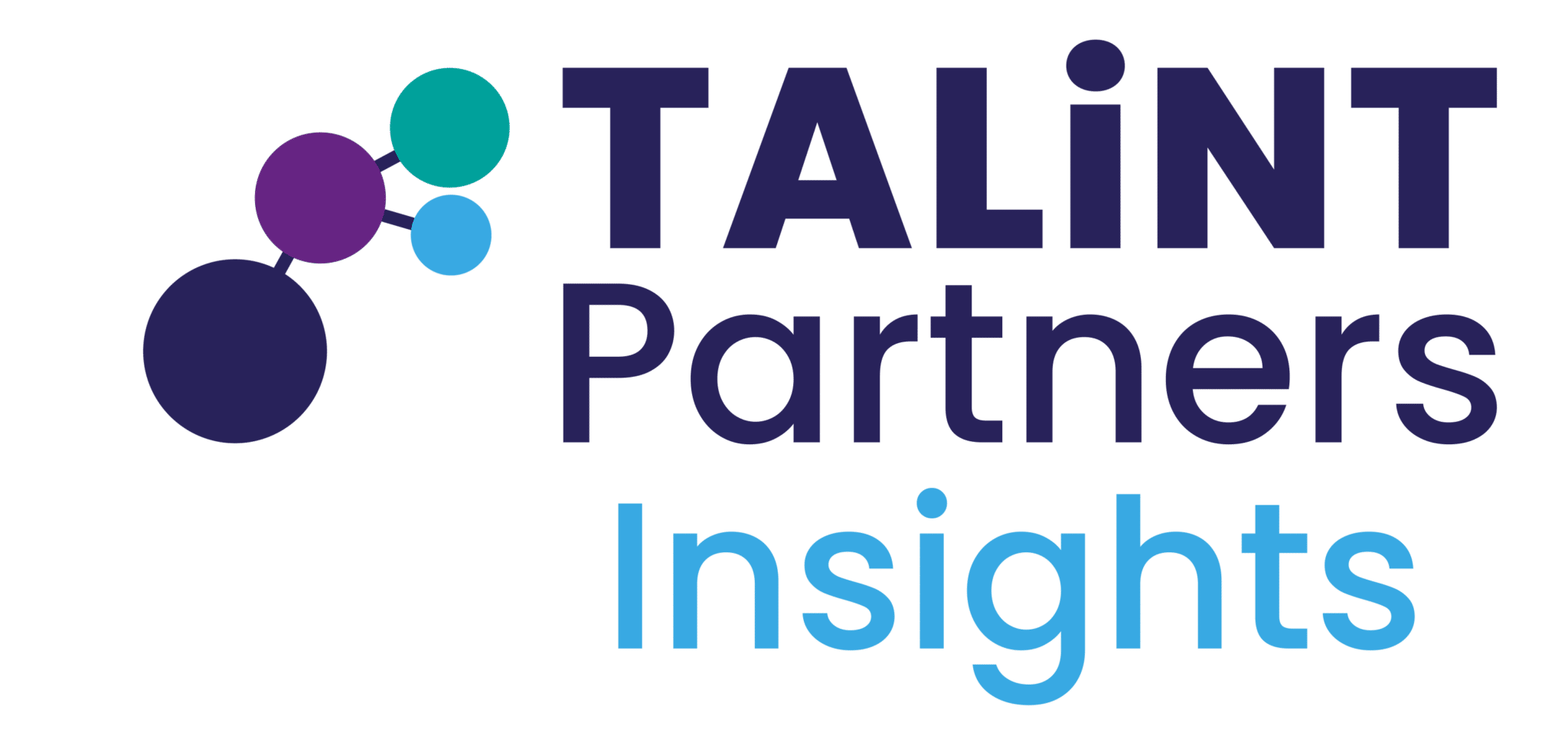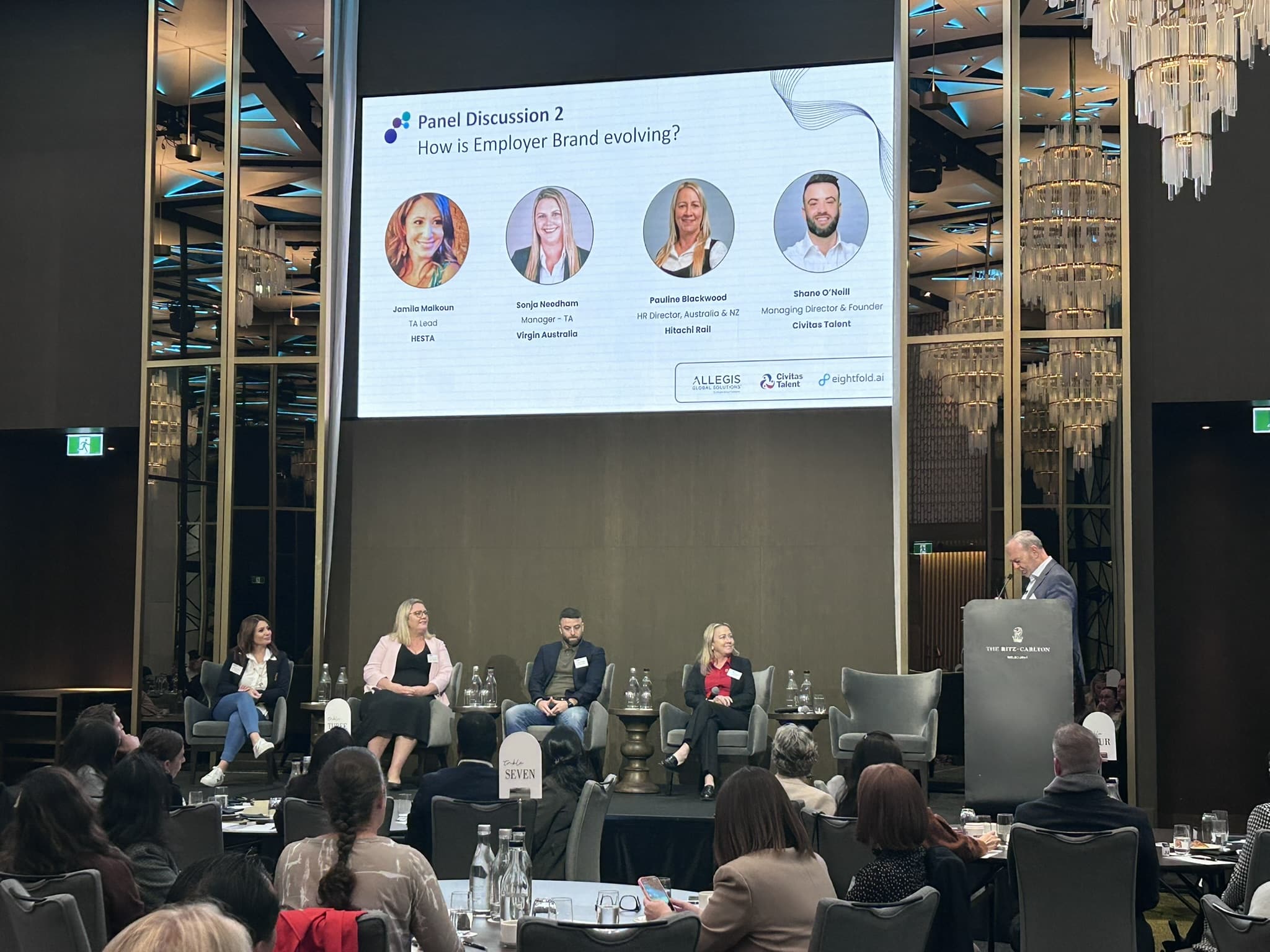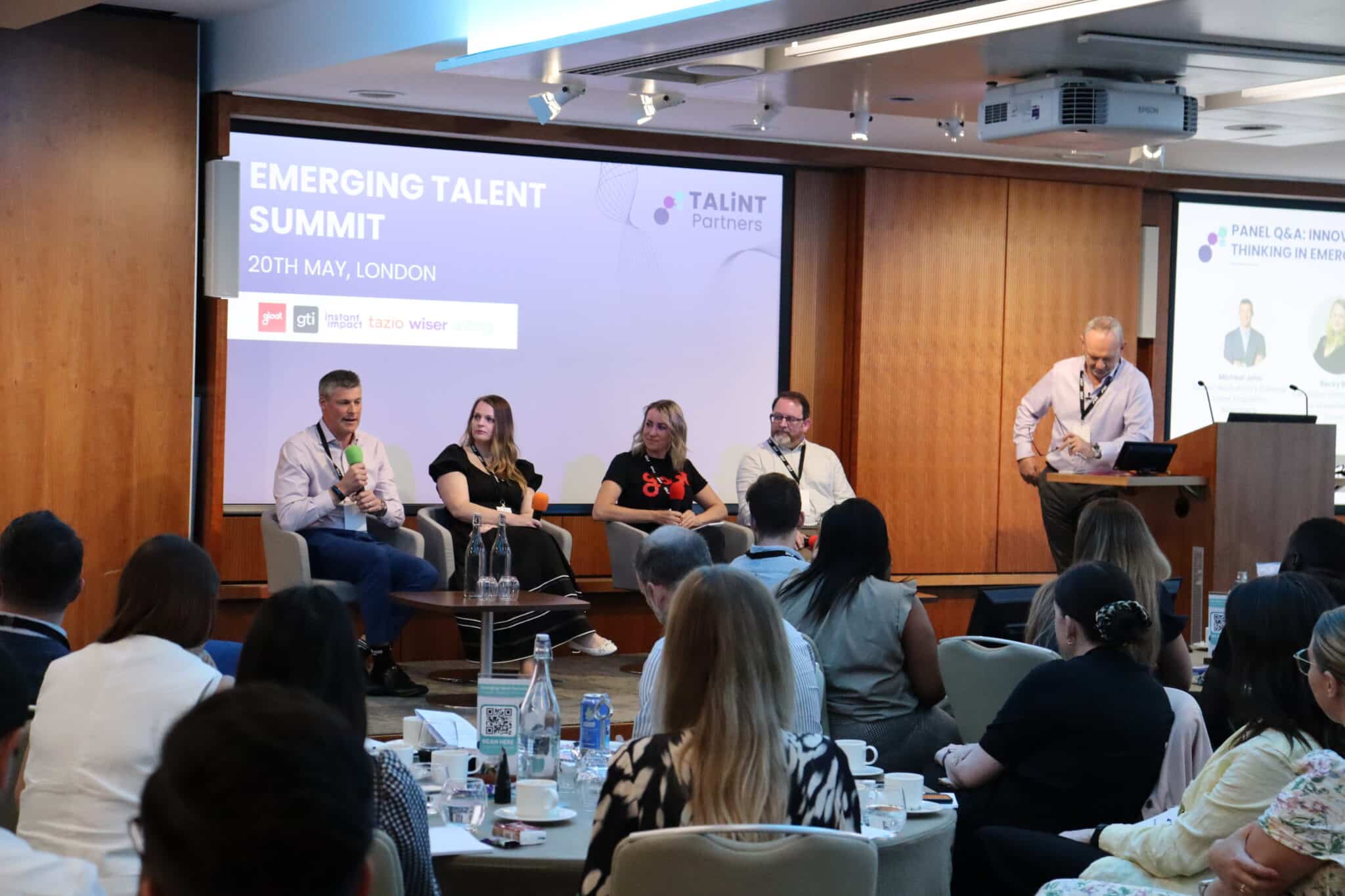As we celebrate International Women’s Day and Women’s History Month, it’s essential to reflect on the progress made towards gender equality in the workplace – and the work still to be done (there’s still plenty!) The gender pay gap remains a persistent challenge across industries, with women earning, on average, less than their male counterparts for the same roles and responsibilities. While progress has been made, particularly with legislative efforts and corporate diversity initiatives, talent acquisition (TA) and recruitment professionals can play a crucial role in helping to close this gap. By implementing best practices in recruitment, ensuring transparent pay structures, and advocating for equitable compensation, the staffing industry can drive meaningful change.
The state of the gender pay gap today
Despite growing awareness, the gender pay gap persists on a global scale. According to the World Economic Forum’s Global Gender Gap Report, it will take over 130 years to fully close the gender gap at the current rate of progress. Factors such as occupational segregation, bias in hiring and promotions, and disparities in salary negotiation contribute to this issue. In the UK, the Office for National Statistics reported that the gender pay gap among full-time employees stood at 7.0% in 2024, a decrease from 7.7% the year before. In the US, women earned approximately 77 cents for every dollar earned by men in 2024, according to the World Bank.
How recruitment and staffing firms can drive change
TA professionals and recruitment agencies have a unique opportunity to challenge traditional hiring norms and advocate for pay equity at the hiring stage. By embedding equitable hiring practices into their processes, they can influence organisations to adopt fairer policies and ensure women are compensated fairly from the outset.
Implementing structured salary benchmarking
One of the most effective ways to combat pay disparity is by using structured salary benchmarking. Recruitment firms should be leveraging industry data to set fair and competitive salaries based on job roles rather setting them against the candidates’ previous earnings, which can perpetuate existing pay gaps. Encouraging employers to adopt salary transparency and benchmarking against market rates ensures that women are not disadvantaged by prior pay inequities, steering away from simply continuing this cycle.
Advocating for salary transparency
Salary transparency is gaining traction as an increasingly critical tool in reducing the gap. Recruitment professionals should encourage employers move away from ‘competitive’ or withheld entirely, but instead, to list salary ranges in job postings, helping candidates make informed decisions and preventing pay discrepancies at the negotiation stage. Research has shown that pay transparency reduces wage gaps by limiting the ability to offer different salaries based on a candidate’s negotiating power or previous earnings.
Eliminating biased hiring practices
Unconscious bias in recruitment can lead to discrepancies in pay and hinder women’s career progression. TA professionals should advocate for gender-neutral job descriptions, structured interview processes, and diverse hiring panels to ensure fair evaluation. Leveraging AI-driven hiring tools can also help remove bias in shortlisting candidates, making the hiring process more objective.
Encouraging fair negotiation policies
Salary negotiations are often a key point where gender pay disparities emerge. Studies indicate that women are less likely than men to negotiate salaries, often due to concerns about appearing too aggressive. Recruitment professionals can bridge this gap by advising employers to implement fixed salary bands or structured pay negotiations that remove the reliance on individual bargaining power.
Promoting pay equity audits
Regular pay audits help companies identify and address pay disparities within their workforce. Recruitment firms can work with employers to conduct pay equity assessments, ensuring that salaries for new hires align with existing employees in similar roles. Encouraging businesses to review pay structures and correct any unjustified discrepancies can have a lasting impact on closing the gender pay gap.
Supporting return-to-work programmes for women
Many women experience pay disparities due to career breaks, often related to caregiving responsibilities. Recruitment firms can help bridge this gap by promoting returnship programmes, flexible working arrangements, and upskilling initiatives that enable women to re-enter the workforce on more equal footing. Encouraging employers to value experience over linear career progression can prevent pay penalties for career breaks.
The role of legislative frameworks
Legislation plays a key role in addressing the gender pay gap, and recruitment professionals should stay informed about evolving pay equity laws. The EU Pay Transparency Directive, the UK’s gender pay gap reporting requirements, and US state-level pay transparency laws all signal a shift towards greater accountability. By helping clients navigate these regulations and implement compliant pay policies, TA professionals can position themselves as strategic partners in advancing workplace equity.
The business case for closing the gender pay gap
Beyond ethical considerations, closing the gender pay gap brings tangible benefits to businesses. Research from McKinsey & Company’s Women in the Workplace 2024 report shows that companies with greater gender diversity, particularly at senior levels, see stronger business outcomes, including improved profitability and higher employee engagement. Organisations that prioritise pay equity also benefit from stronger employer branding, enhanced talent attraction and retention, and a more engaged workforce.
Recruitment firms and talent acquisition professionals have an opportunity to lead the conversation around pay equity and influence long-term change. By championing salary transparency, structured pay practices, and unbiased hiring, they can help create fairer workplaces where women receive the compensation they deserve. Closing the gender pay gap isn’t just about compliance – it’s about building stronger, more equitable organisations for the future.










